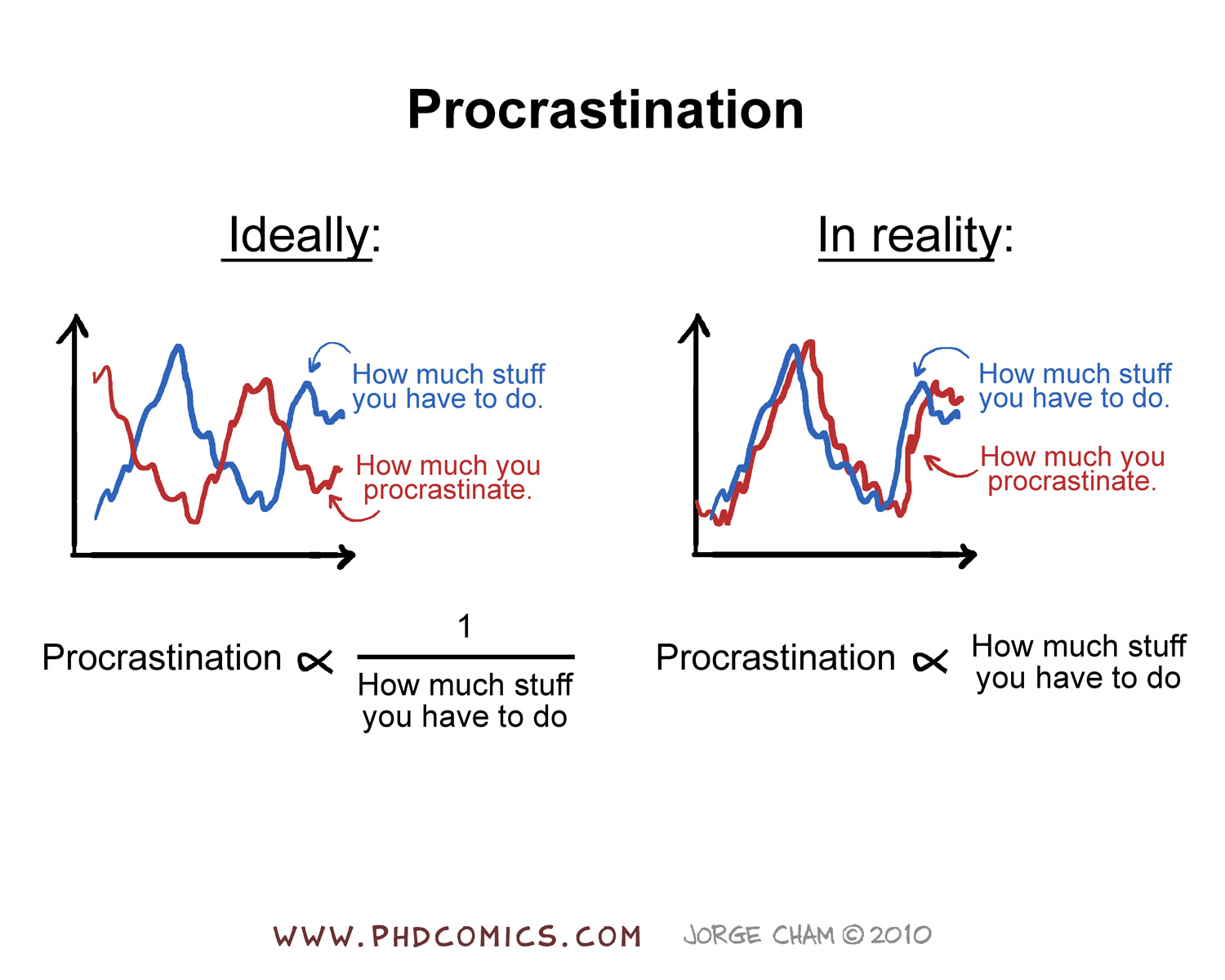ECE 6605 - Information Theory
Prof. Matthieu Bloch
Tuesday, October 3, 2023
Announcements

- Assignment 1 and 2
- Solutions posted on Canvas
- Grading takes time…
- Assignment 3
- Coming up
- Midterm
- Moved to Tuesday October 17, 2023
- In class, with notes (no electronic notes)
- Covering essentially Hoemwork 1 & 2
- Last time
- A cool new result: Source coding with side information
- Today
- Privacy amplification
- Glimpse of information theory and security
- Applications to random number generation
Ultrafast random number generation

- Ido Kanter et al., An optical ultrafast random bit generator, Nature Photonics, (2010)
- The generation of random bit sequences based on non-deterministic physical mechanisms is of paramount importance for cryptography and secure communications.
- We present a physical random bit generator, based on a chaotic semiconductor laser, having time-delayed self-feedback, which operates reliably at rates up to 300 Gbit/s.
- The randomness of long bit strings is verified by standard statistical tests.
- Chaotic laser intensity fluctuations digitized at a 20 GHz sampling rate with an 8-bit resolution
- How much true randomness can we generate?
Privacy amplification
A \((n,K_n)\) code \(\calC\) for privacy amplification coding a discrete memoryless source \(p_X\) against side information \(Z\) consists of an encoding function \(f_n:\calX^n\to\set{1;K_n}\).
- The performance of an \((n,K_n)\) code is measured in terms of
The rate of the code \(R\eqdef \frac{\log_2 K_n}{n}\) (bits/source symbol)
The secrecy and uniformity of \(M\) measured as
\[\begin{align*} S^{(n)}(\calC) \eqdef \bbV(P_{MZ^n},Q_M\cdot P_Z^{\otimes n}) \end{align*}\]
where \(Q_M\) is the uniform distribution on \(\set{1;K_n}\)
Privacy amplification
- Define again \[ C_{\textsf{pa}}\eqdef \inf\left\{R: \exists \set{f_n}_{n\geq 1} \textsf{ with }\lim_{n\to\infty}\frac{\log K_n}{n}\geq R \text{ and } \lim_{n\to\infty}S^{(n)}=0\right\} \]
For a discrete memoryless source \(P_{XZ}\), \(C_{\textsf{pa}} = \bbH(X|Z)\)
Achievability
Consider a generic source \((\calV,P_V)\) and a generic channel \((\calV,W_{U|V},\calU)\) with \(\card{\calU}<\infty\).
For \(\gamma>0\), let
\[\begin{align*} \calD_\gamma=\left\{(u,v)\in\calU\times\calV:\log\frac{1}{P_{U|V}(u|v)}>\gamma\right\}. \end{align*}\]
For each \({u}\in\calU\), let \(f({u})\) be a bin index drawn independently with uniform distribution on \(\intseq{1}{K}\).
Define an encoder as the mapping \({u}\rightarrow f({u})\).
For any \(\gamma>0\),
\[\begin{align*} \E{\bbV(P_{VK},P_{V}Q_K)} \leq \P[P_VW_{U|V}]{(U,V)\notin \calD_\gamma} + \frac{1}{2}\sqrt{\frac{K}{2^{\gamma}}}. \end{align*}\]
Converse
Consider a sequence of codes \(\set{f_n}_{n\geq 1}\) such that \(\lim_{n\to\infty}S^{(n)}=0\) and \(\lim_{n\to\infty}\frac{\log K_n}{n}\geq R\). Then \(R\geq \bbH(X|Z)\)
- We shall use a supporting lemma
For \(P,Q\in\Delta(\calX)\), we have \[ \abs{H(P)-H(Q)} \leq \bbV(P,Q)\log \frac{\card{\calX}}{\bbV(P,Q)} \]